Home>Home Appliances>Laundry Appliances>How To Turn Water Off To A Washing Machine
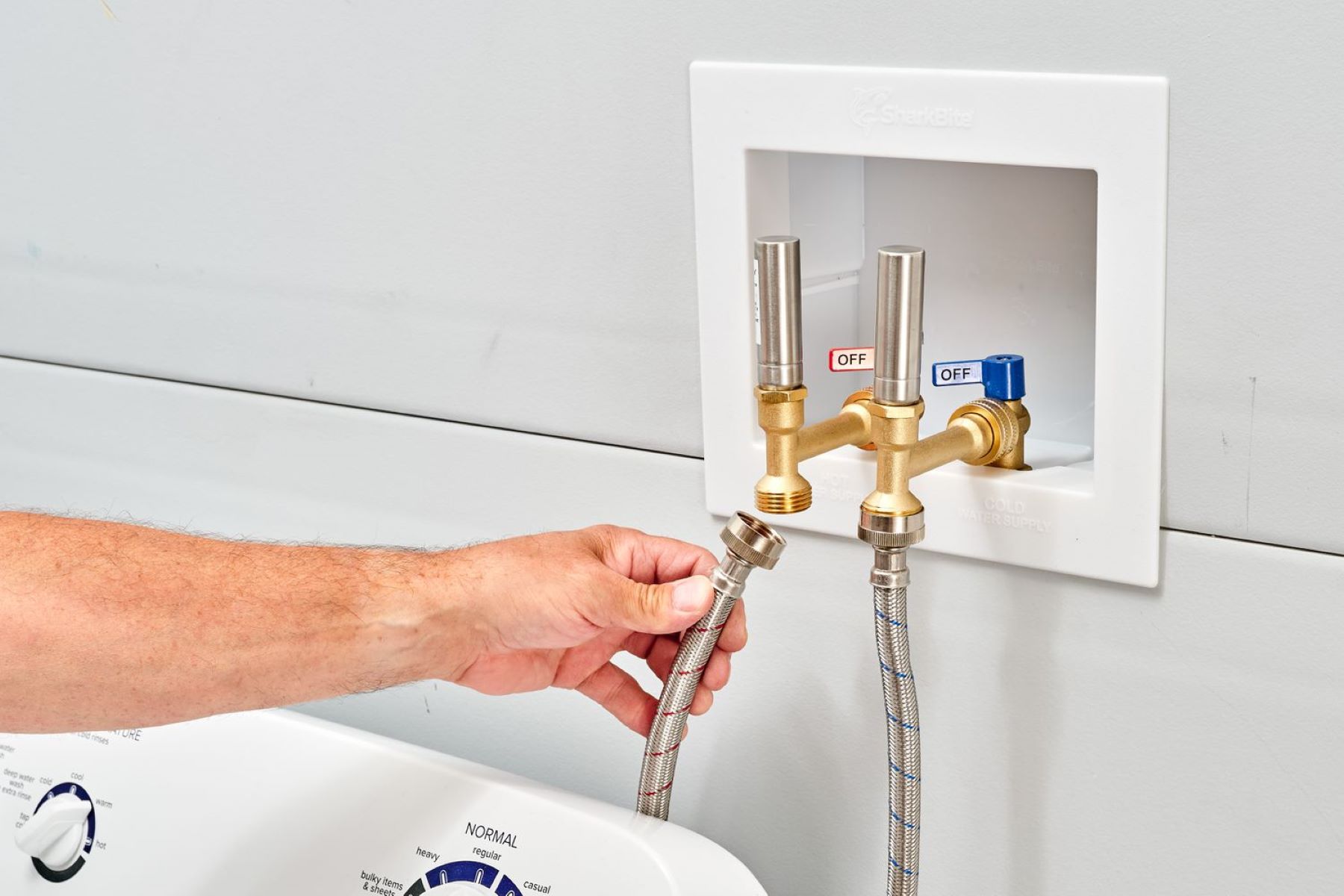

Laundry Appliances
How To Turn Water Off To A Washing Machine
Modified: August 31, 2024
Learn how to turn off the water supply to your washing machine with our step-by-step guide. Keep your laundry appliances in top condition.
(Many of the links in this article redirect to a specific reviewed product. Your purchase of these products through affiliate links helps to generate commission for Storables.com, at no extra cost. Learn more)
Introduction
Turning off the water supply to a washing machine is a crucial skill for any homeowner. Whether you're dealing with a leak, performing maintenance, or replacing the appliance, knowing how to shut off the water can prevent potential water damage and make the task at hand much easier. In this guide, we'll walk you through the steps to safely and effectively turn off the water to your washing machine.
Understanding the process of shutting off the water to your washing machine is an essential aspect of home maintenance. By mastering this skill, you can confidently address any issues that may arise with your appliance, ensuring its optimal performance and longevity. With the right tools and knowledge, you'll be well-equipped to handle any situation that requires you to cut off the water supply to your washing machine.
Let's delve into the details of this fundamental task, empowering you to take control of your home's maintenance and care for your washing machine with confidence.
Key Takeaways:
- Mastering the skill of turning off your washing machine’s water supply with the right tools and steps can prevent water damage and make maintenance easier. It’s like being a superhero for your home!
- Regularly checking and labeling the shut-off valve, knowing the main water shut-off valve’s location, and seeking professional help when needed can keep your washing machine running smoothly and your home safe from water emergencies.
Read more: How To Turn Off Water To Washer
Tools Needed
Before you begin the process of turning off the water to your washing machine, it's important to gather the necessary tools and materials. Having the right equipment on hand will ensure a smooth and efficient execution of the task. Here are the essential tools you'll need:
-
Adjustable Wrench: This versatile tool is crucial for loosening and tightening connections, including the water supply hoses to the washing machine and the shut-off valve.
-
Bucket or Towel: Having a bucket or towel nearby can help contain any residual water that may be present in the hoses or pipes when disconnecting them.
-
Flashlight: In some cases, the shut-off valve may be located in a dimly lit or hard-to-reach area. A flashlight will aid in locating and accessing the valve with ease.
-
Safety Glasses: While not always necessary, safety glasses can provide protection for your eyes in case of any unexpected splashing or dripping water during the process.
By ensuring you have these tools readily available, you'll be well-prepared to carry out the task of turning off the water to your washing machine safely and effectively. With these tools in hand, you can proceed with confidence, knowing that you have everything you need to complete the job efficiently.
Locating the Water Shut-Off Valve
The first step in turning off the water supply to your washing machine is locating the water shut-off valve. This valve is typically found behind or near the washing machine, either on the wall or floor. It is crucial to know the exact location of the shut-off valve to ensure a swift and efficient process when needed.
Start by visually inspecting the area behind the washing machine. The shut-off valve is commonly connected to the water supply pipes that lead to the appliance. It may be positioned within a few feet of the washing machine, often concealed behind a panel or in a recessed alcove. If the valve is not immediately visible, it may be necessary to move the washing machine slightly to access the area behind it.
In some homes, the shut-off valve may be located in a basement, utility room, or crawl space. It's important to check these areas if the valve is not readily visible near the washing machine. Additionally, the shut-off valve may be situated within a dedicated plumbing access panel, especially in newer homes where plumbing fixtures are strategically placed for easy maintenance.
If you're having trouble locating the shut-off valve, consider consulting the home's original blueprints or plumbing layout, which can provide valuable insights into the precise location of the valve. Alternatively, if you're unable to locate the shut-off valve on your own, seeking assistance from a professional plumber can expedite the process and ensure that the valve is identified accurately.
Once you have successfully located the shut-off valve, take note of its position and accessibility. Ensure that there is sufficient space to maneuver and operate the valve effectively. Familiarizing yourself with the shut-off valve's location will streamline the process of turning off the water supply to your washing machine when the need arises.
By diligently identifying and familiarizing yourself with the location of the water shut-off valve, you'll be well-prepared to proceed with confidence to the next crucial step: turning off the water supply to your washing machine.
Locate the shut-off valve behind the washing machine and turn it clockwise to shut off the water supply. If there’s no valve, turn off the main water supply for the house.
Turning Off the Water
Once you have located the water shut-off valve, you are ready to proceed with turning off the water supply to your washing machine. Follow these steps to safely and effectively shut off the water:
-
Prepare the Area: Before beginning, place a bucket or towel near the valve to catch any residual water that may escape when the supply is turned off. This precaution will help prevent water from spilling onto the floor and causing a mess.
-
Use the Adjustable Wrench: In most cases, the shut-off valve will have a lever or knob that can be turned clockwise to shut off the water. Use an adjustable wrench to grip the valve's handle securely. Slowly turn the handle in a clockwise direction to close the valve. As you do this, you may hear the sound of water flow diminishing, indicating that the supply is being successfully shut off.
-
Check for Water Flow: After turning the valve, it's a good practice to verify that the water supply has been effectively cut off. You can do this by attempting to start a wash cycle on the washing machine. If the water does not flow into the appliance, it indicates that the supply has been successfully turned off.
-
Release Pressure: Once the water supply is turned off, it's important to release any pressure that may still be present in the hoses. To do this, gently loosen the connections on the water supply hoses at the back of the washing machine. Be prepared for a small amount of water to escape as you do this. Use the bucket or towel to catch any water that comes out.
-
Double-Check the Valve: After completing the process, double-check the shut-off valve to ensure it is fully closed. This additional step provides peace of mind and ensures that the water supply remains securely turned off.
By following these steps, you can confidently and effectively turn off the water supply to your washing machine. This skill is essential for various situations, including maintenance, repairs, or addressing water leaks. With the water supply safely shut off, you can proceed with the necessary tasks, knowing that you have taken the appropriate measures to prevent potential water-related issues.
Remember, if you encounter any difficulties or are unsure about the process, it's advisable to seek assistance from a professional plumber to ensure the safe and proper handling of the water shut-off valve.
Additional Tips and Considerations
-
Regular Maintenance: Periodically checking the condition of the water supply hoses connected to your washing machine is essential. Over time, these hoses can deteriorate, leading to potential leaks or bursts. Consider replacing rubber hoses with stainless steel braided hoses, which offer increased durability and resistance to wear and tear.
-
Emergency Preparedness: In the event of a water leak or burst hose, it's beneficial to know the location of the main water shut-off valve for your entire home. Familiarize yourself with its position and ensure that it is easily accessible. Being able to swiftly cut off the water supply to your entire home can mitigate the impact of a water-related emergency.
-
Labeling the Valve: To enhance accessibility and ease of identification, consider labeling the water shut-off valve for the washing machine. This simple step can be particularly helpful for household members or maintenance professionals who may need to locate and operate the valve in your absence.
-
Regular Inspections: Incorporate a routine inspection of the shut-off valve into your home maintenance schedule. Ensure that the valve operates smoothly and is free from any signs of corrosion or damage. Additionally, check for any leaks or moisture around the valve, which may indicate a potential issue that requires attention.
-
Professional Assistance: If you encounter challenges or uncertainties when dealing with the water shut-off valve, don't hesitate to seek guidance from a licensed plumber. Professional expertise can provide valuable insights and ensure that the valve is handled correctly, minimizing the risk of complications or damage.
-
Consider Drainage: When turning off the water supply for an extended period, such as during a vacation or prolonged absence, it's advisable to drain the water from the washing machine hoses. This precaution can help prevent the risk of stagnant water causing odors or potential mold growth within the hoses.
-
Documentation: Keep a record of the last time the water shut-off valve was inspected or operated. Maintaining a log of maintenance activities can serve as a valuable reference and aid in identifying any patterns or issues that may require attention.
By incorporating these additional tips and considerations into your approach to managing the water supply for your washing machine, you can enhance the overall safety, efficiency, and longevity of your appliance. These proactive measures contribute to a well-maintained home environment and provide peace of mind, knowing that you are well-prepared to address any potential water-related challenges effectively.
Frequently Asked Questions about How To Turn Water Off To A Washing Machine
Was this page helpful?
At Storables.com, we guarantee accurate and reliable information. Our content, validated by Expert Board Contributors, is crafted following stringent Editorial Policies. We're committed to providing you with well-researched, expert-backed insights for all your informational needs.
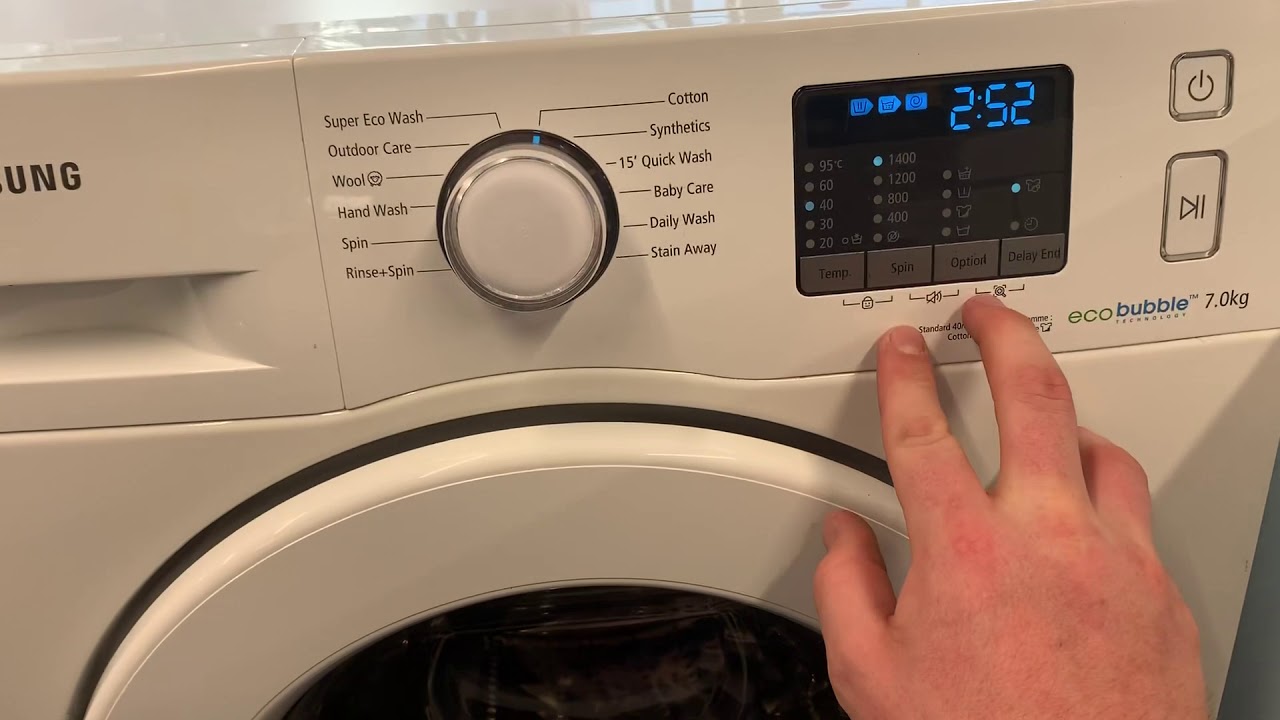
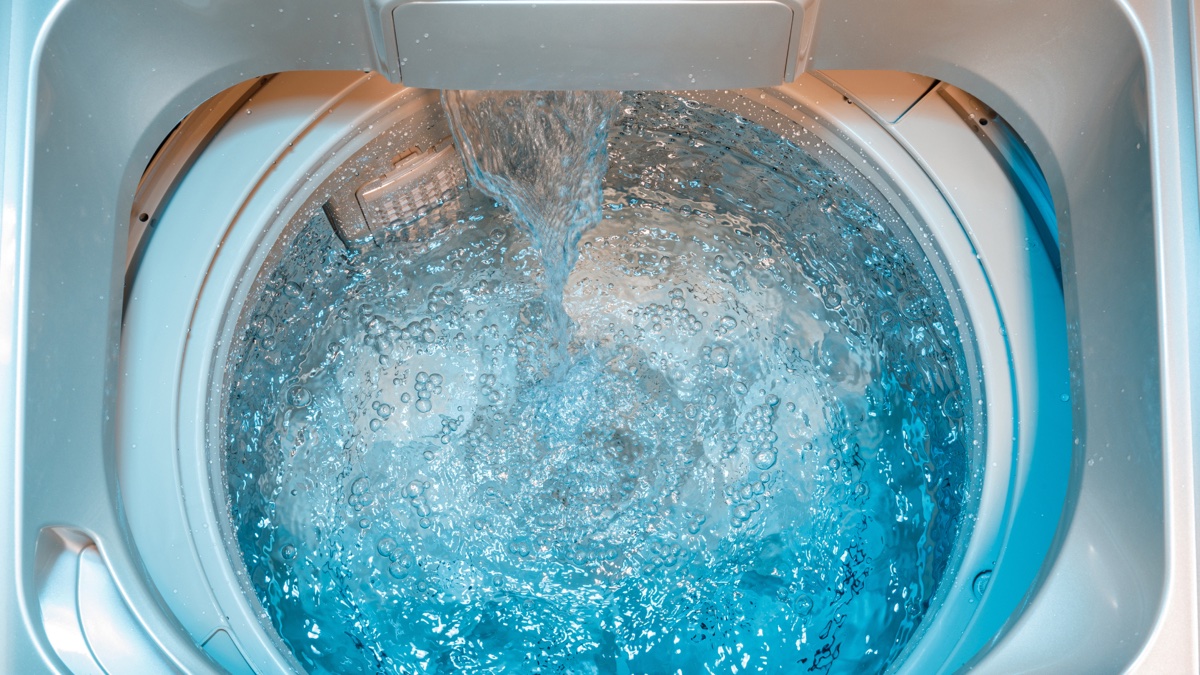
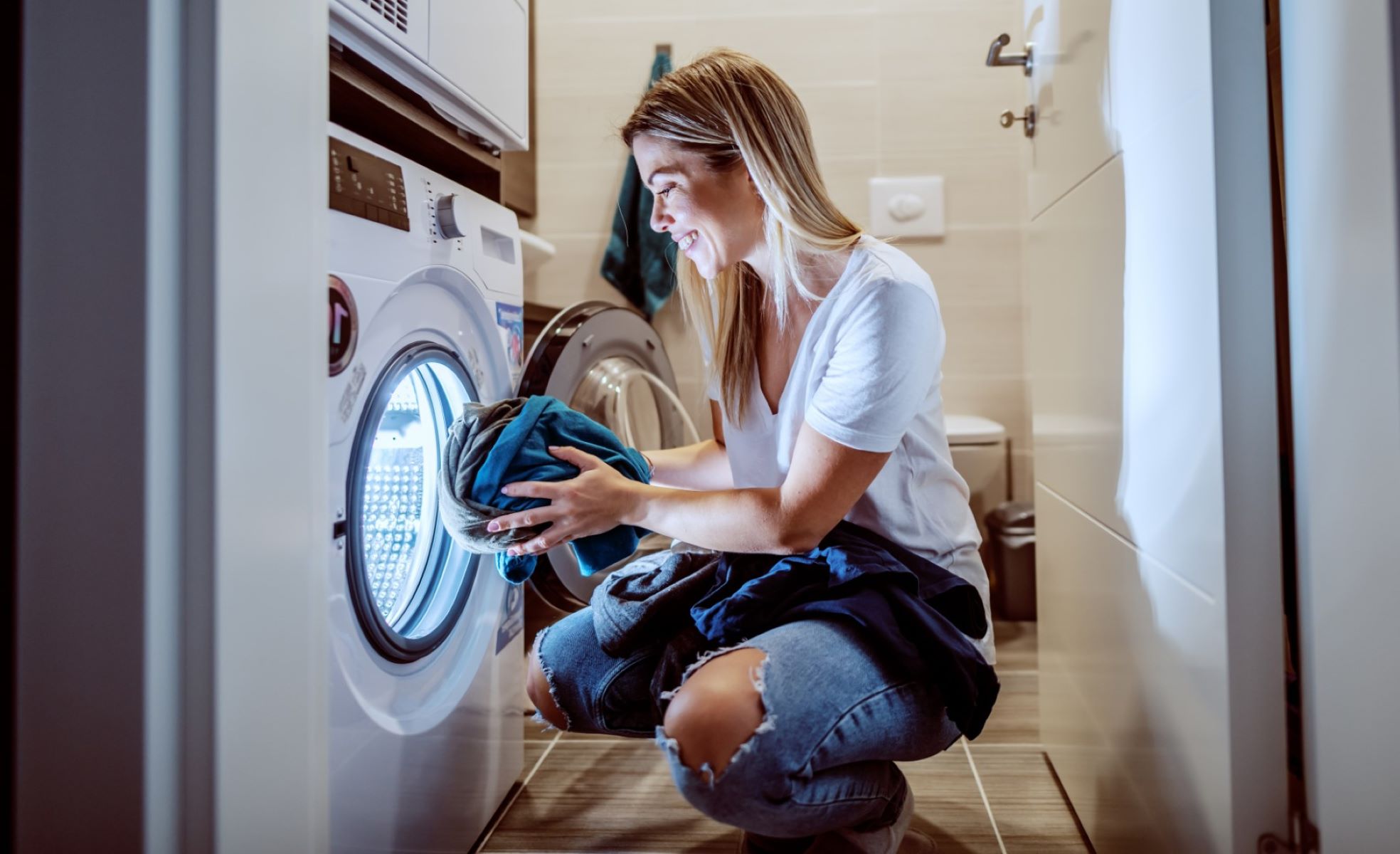
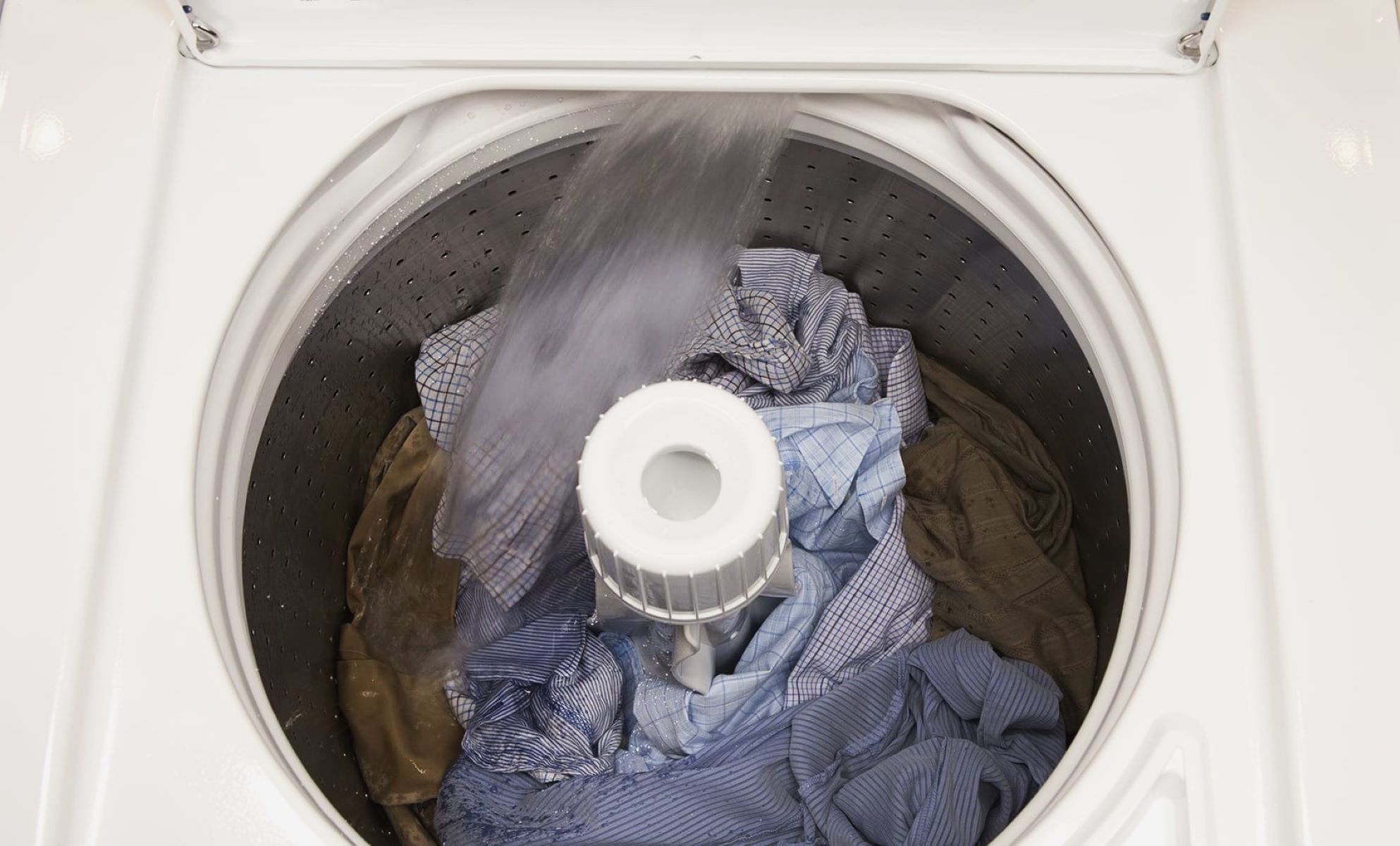
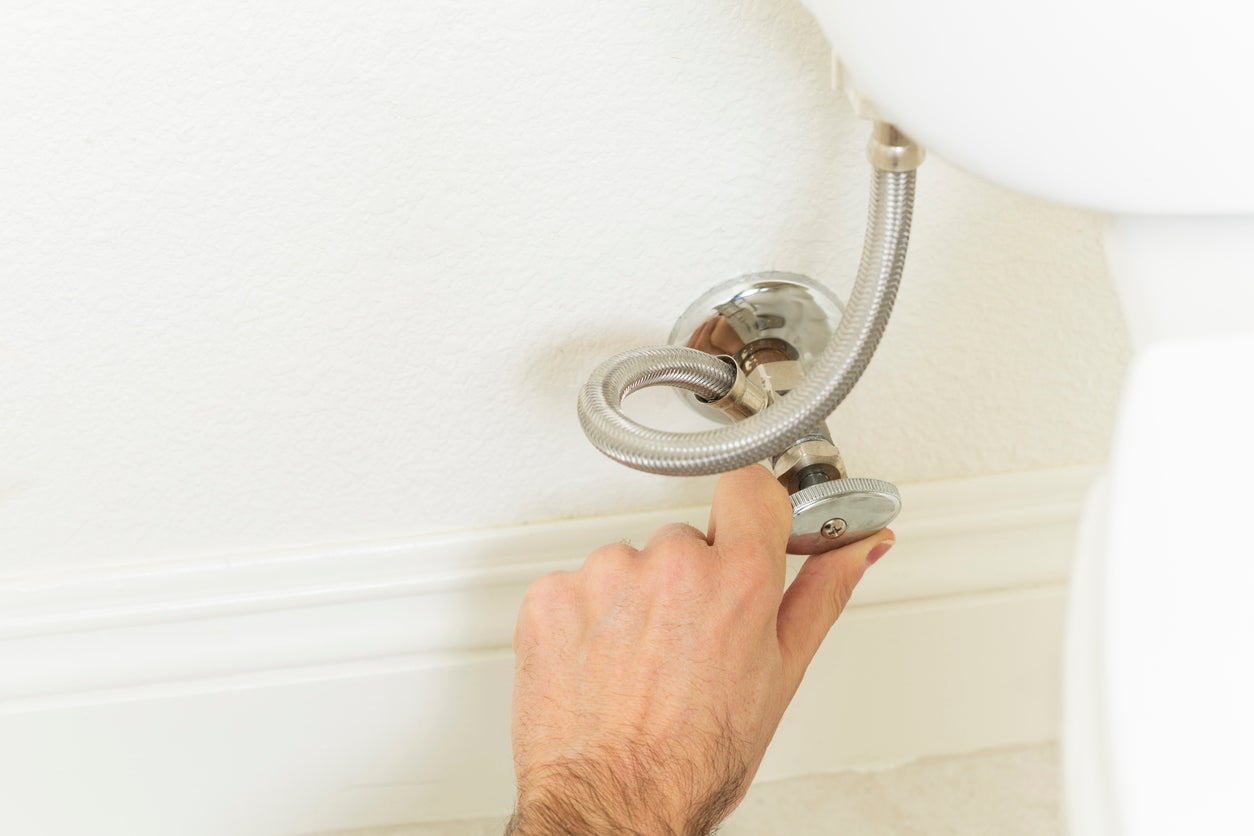
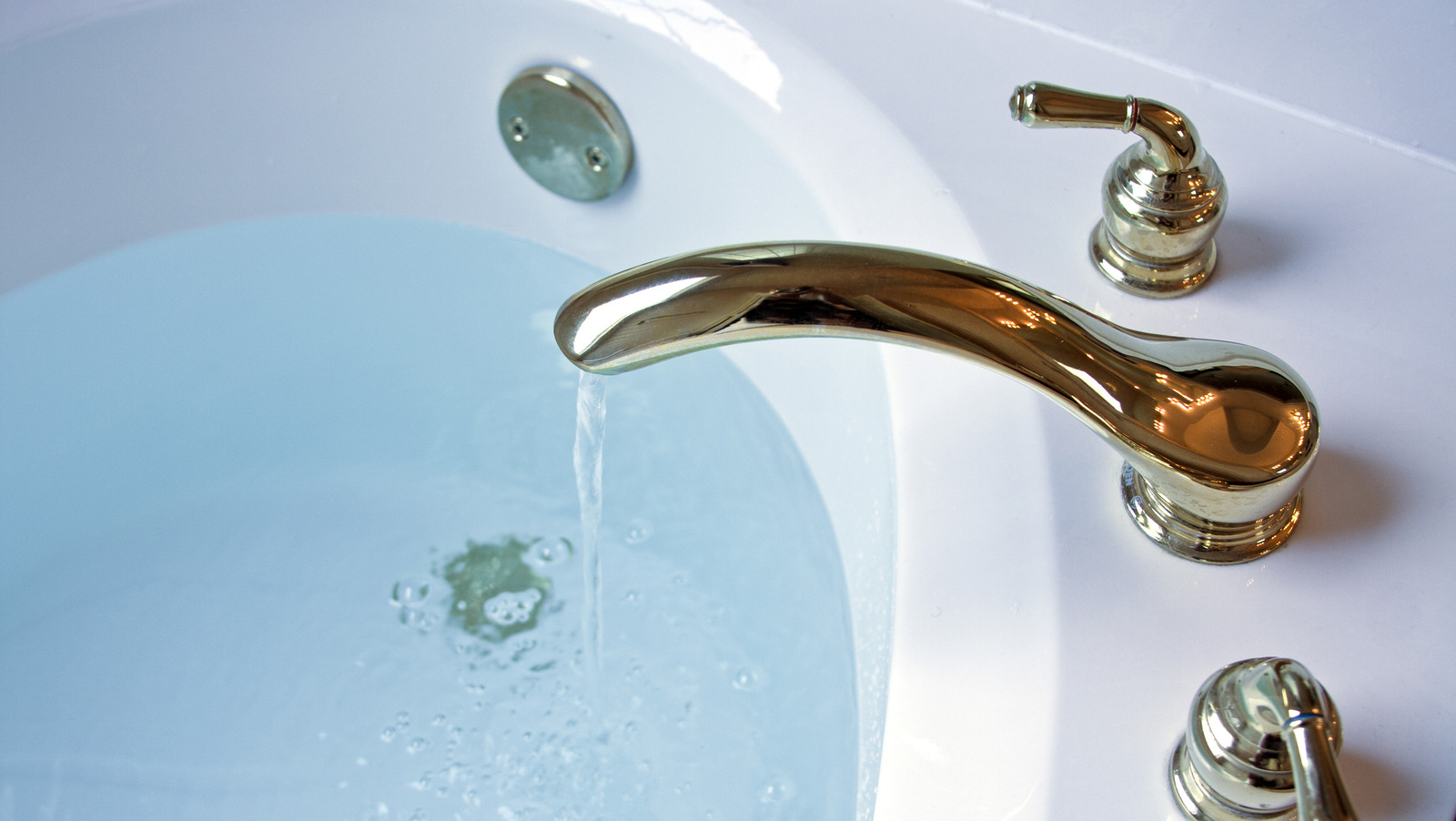
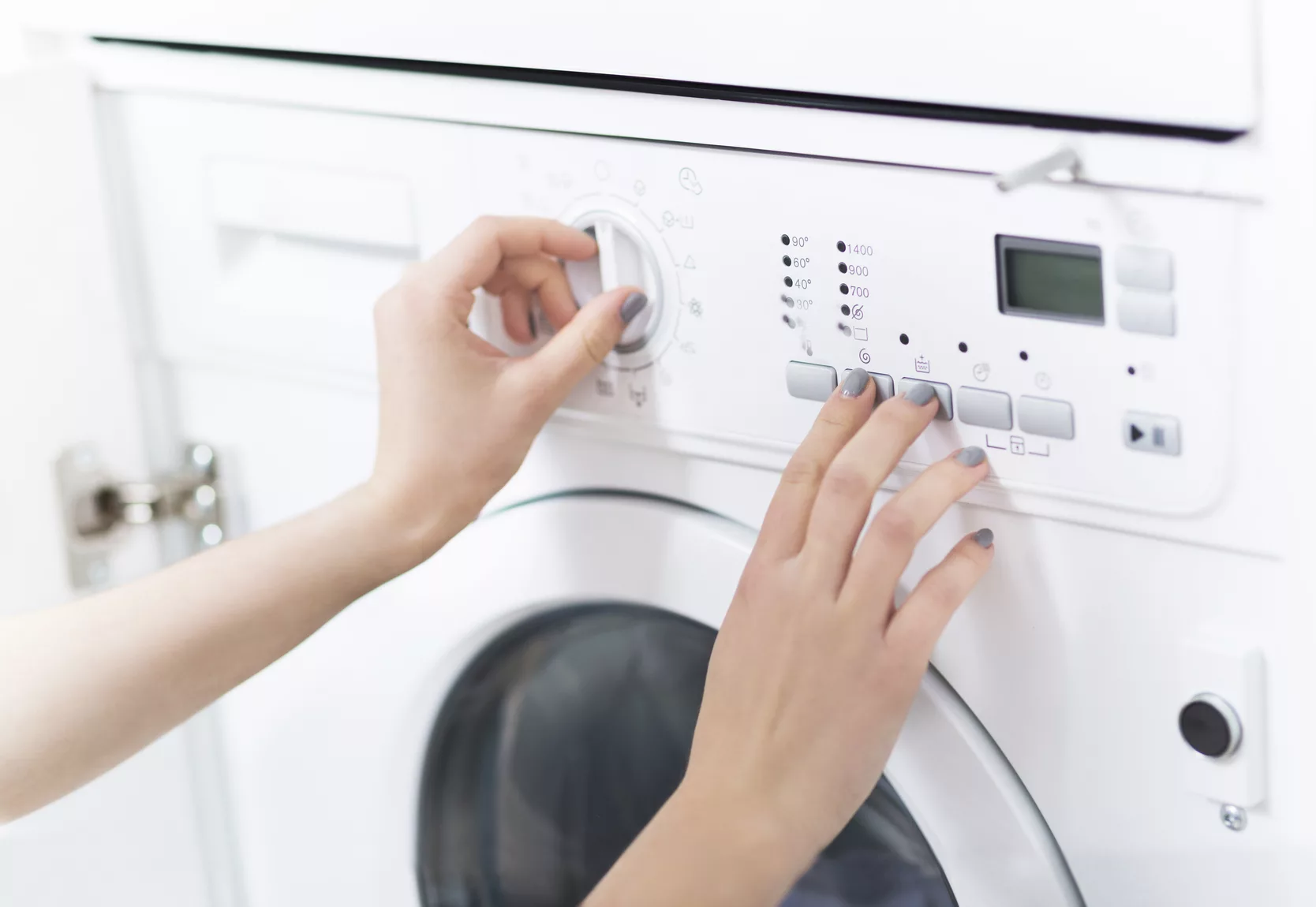
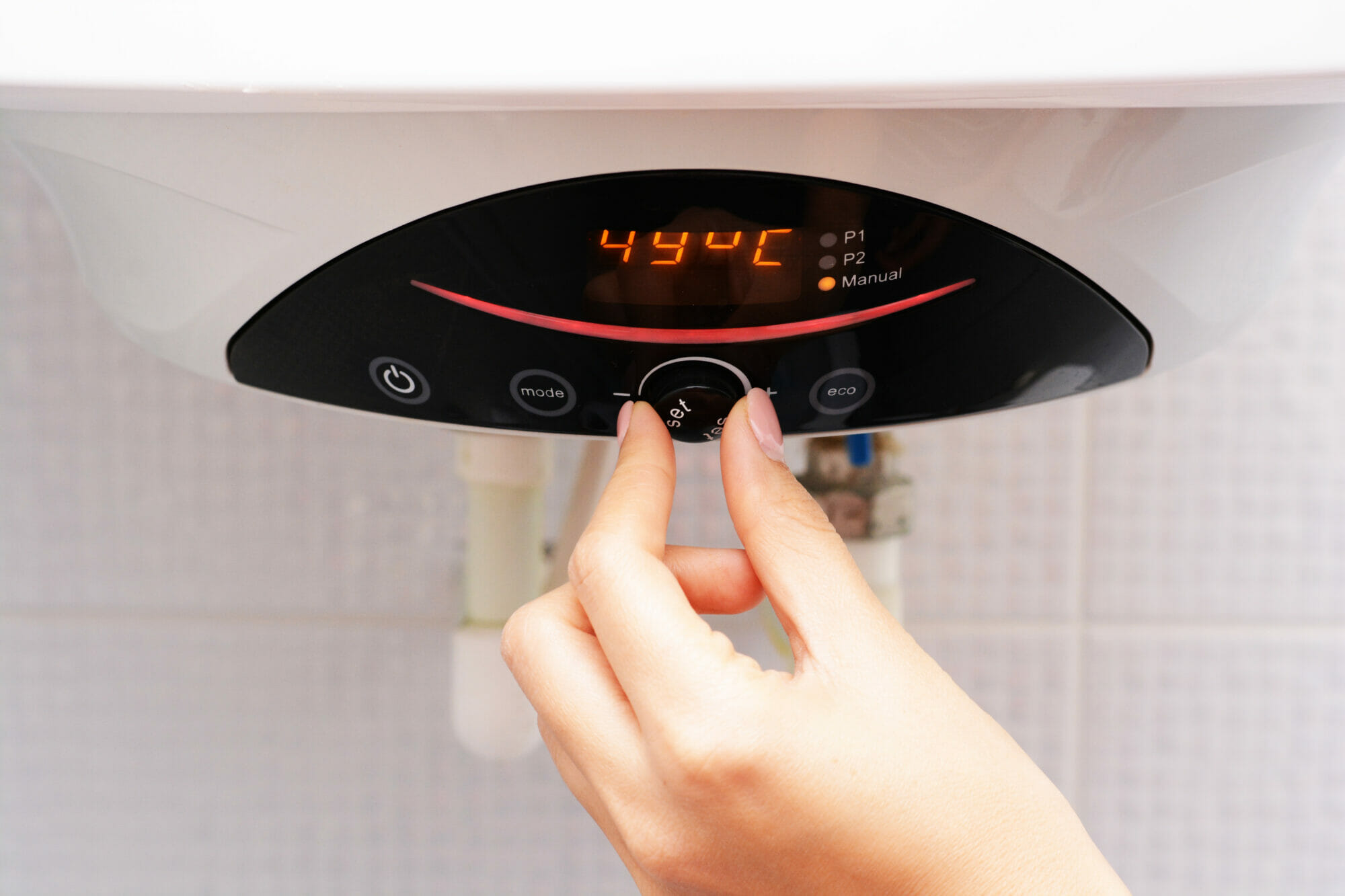
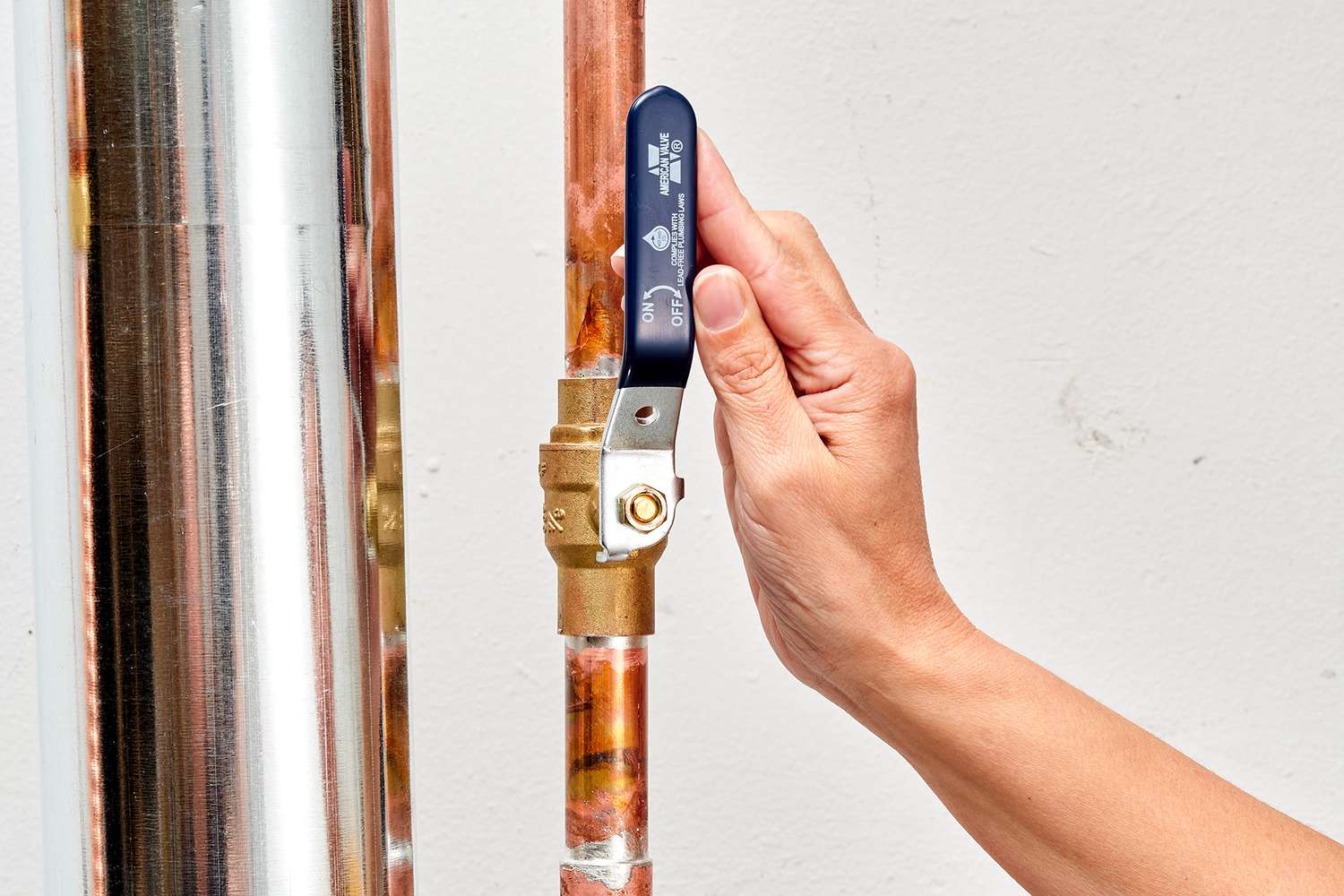
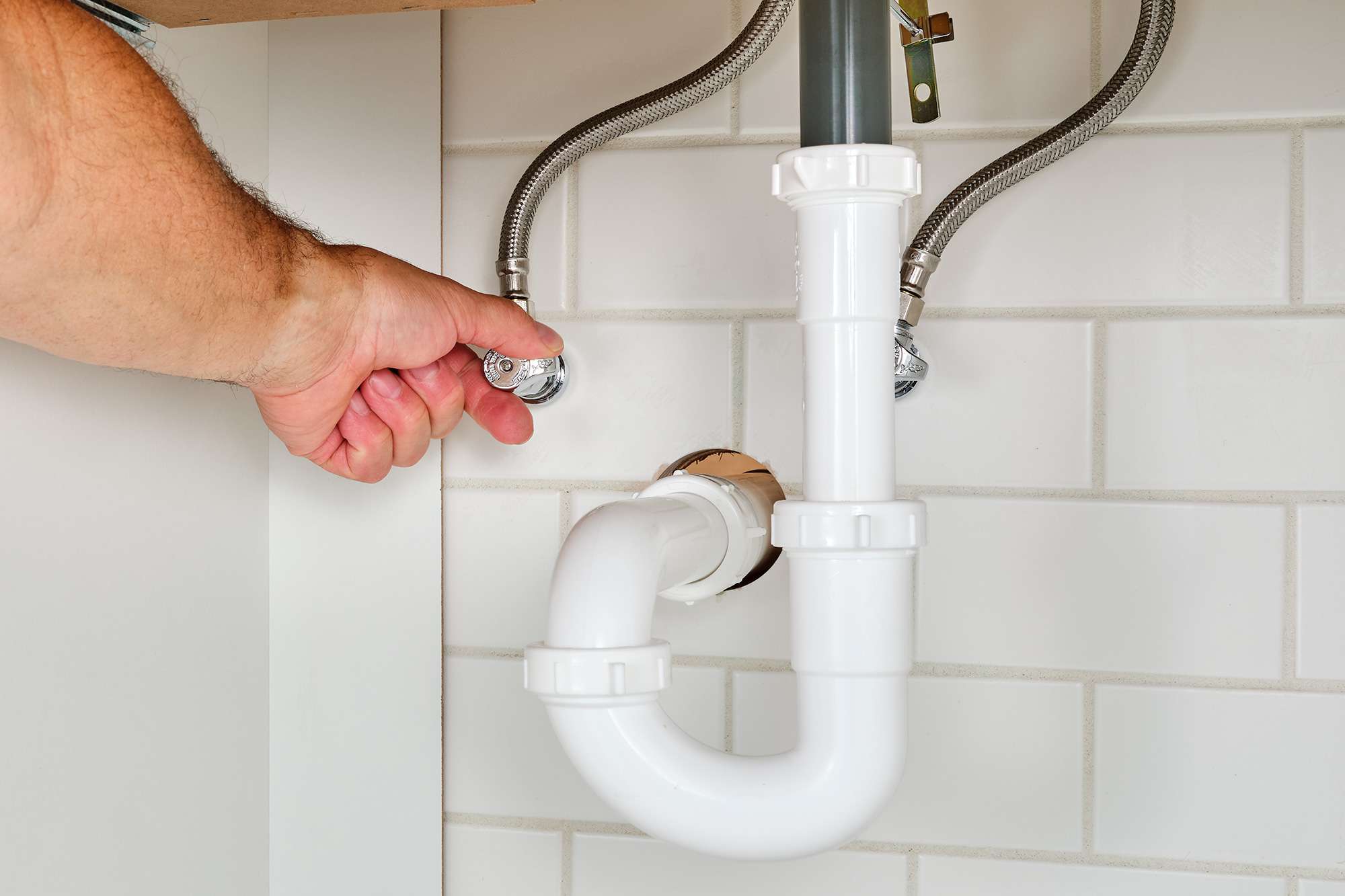
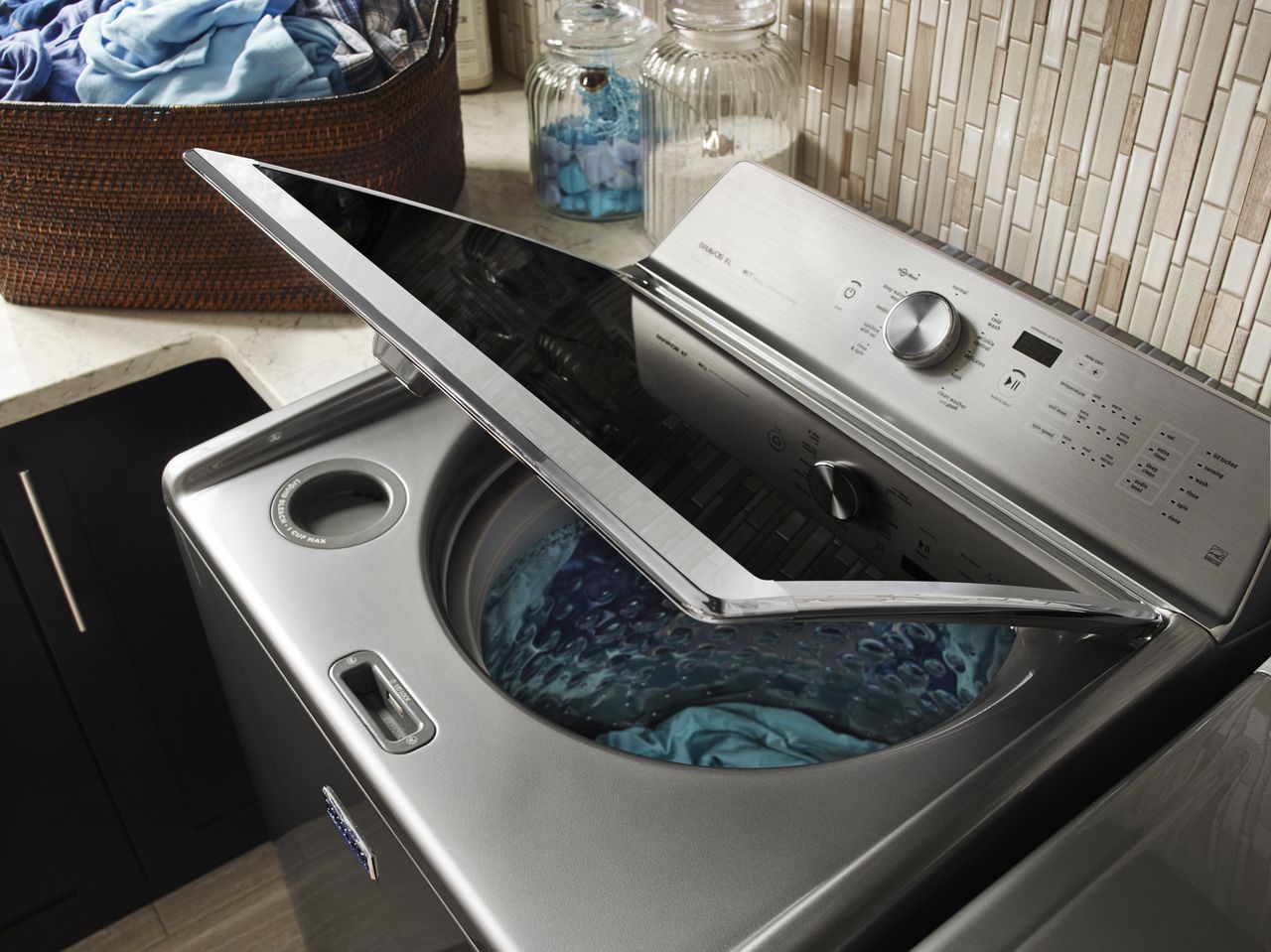
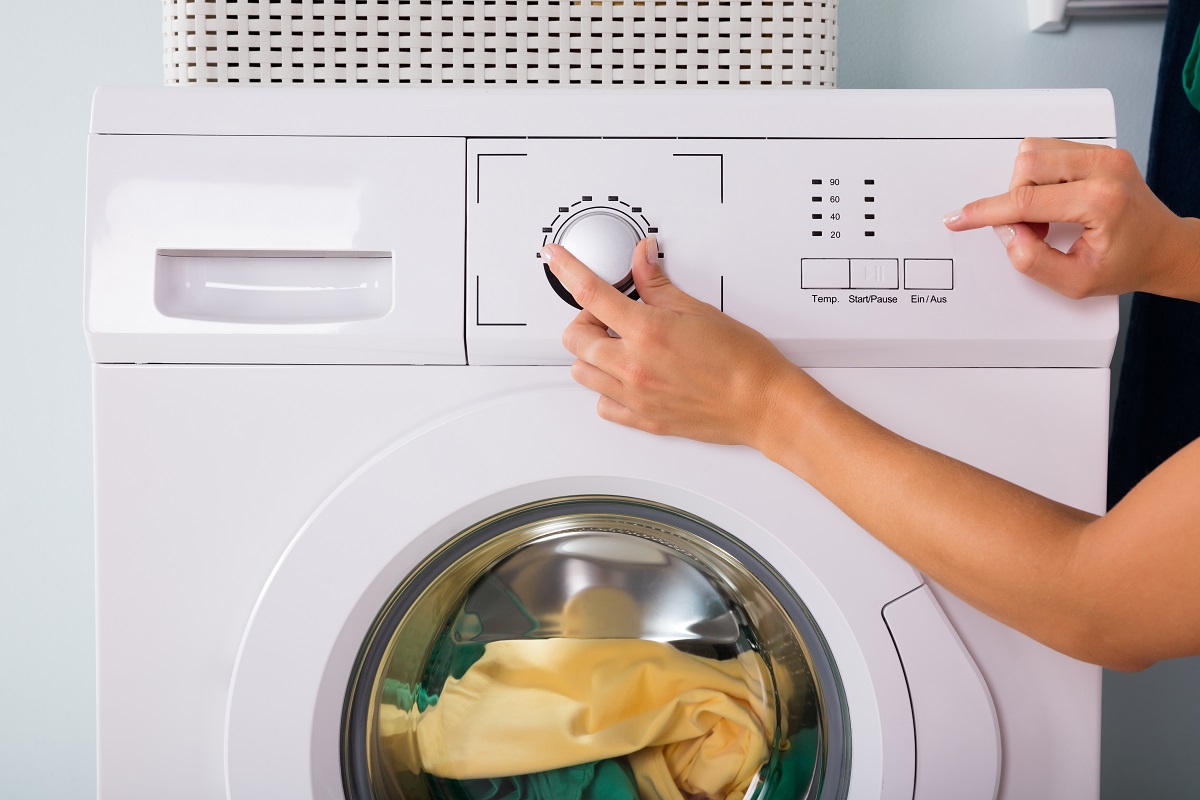
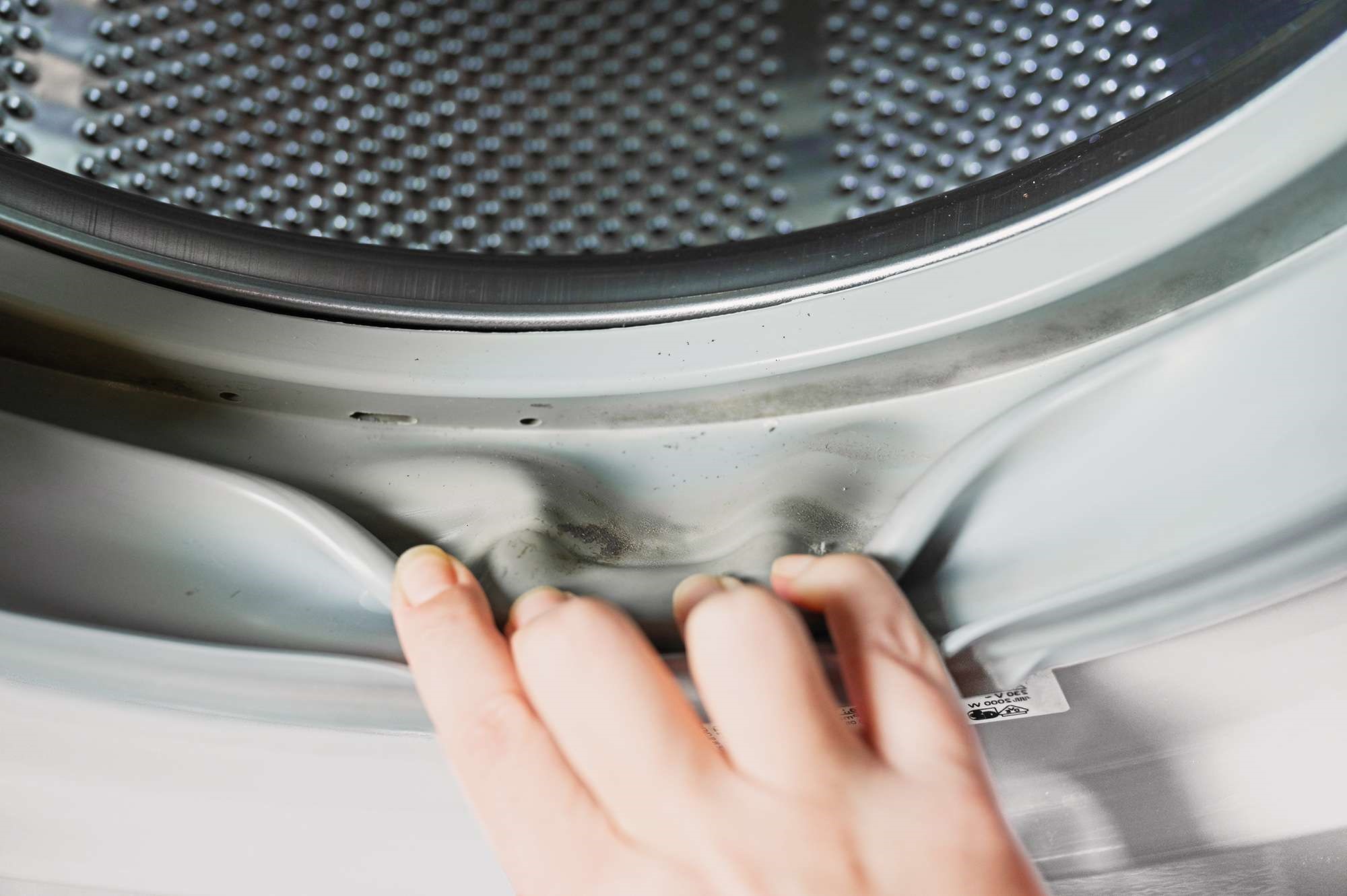
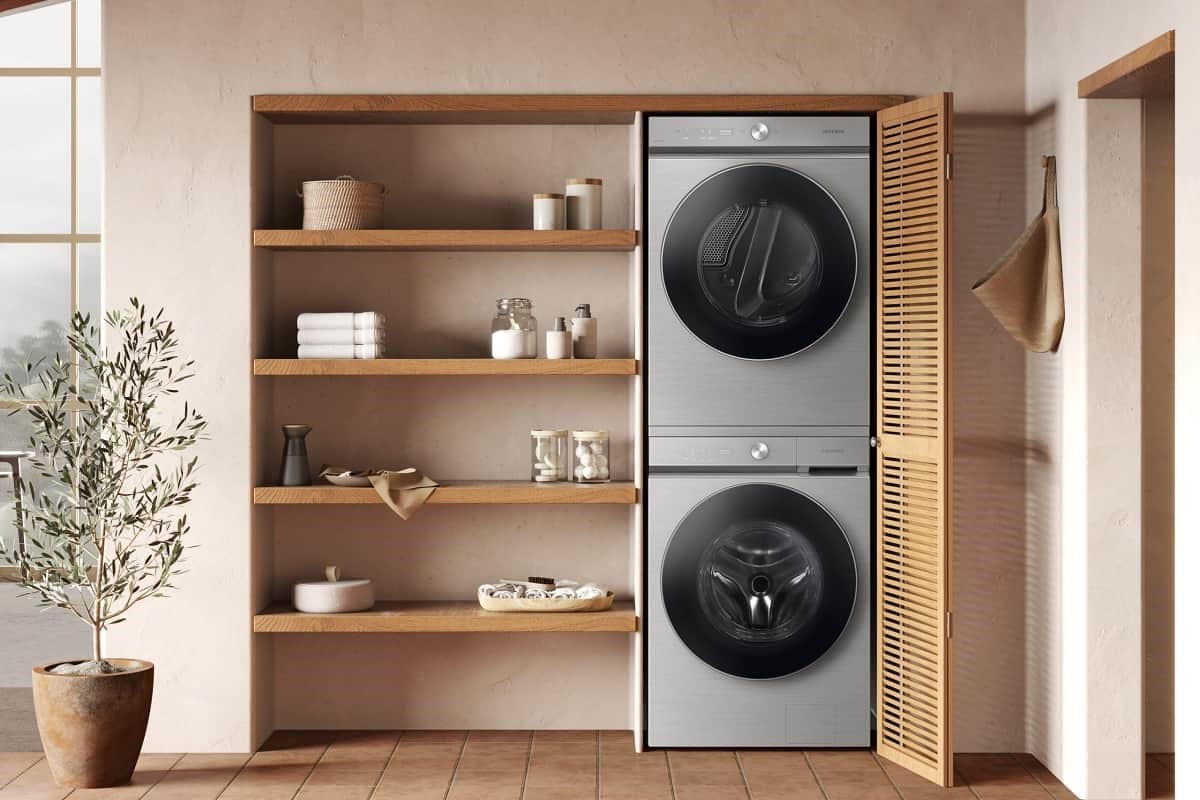
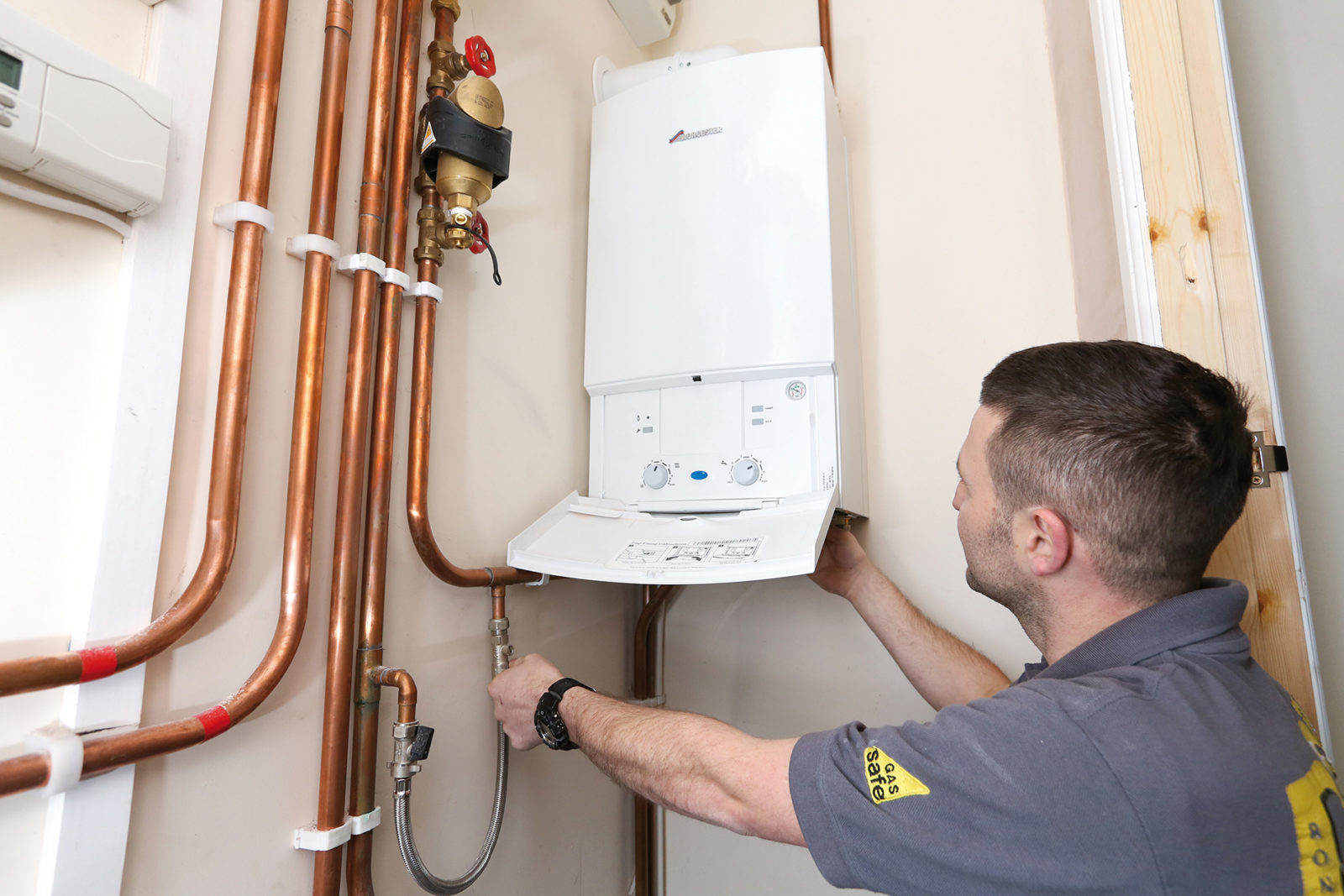

0 thoughts on “How To Turn Water Off To A Washing Machine”